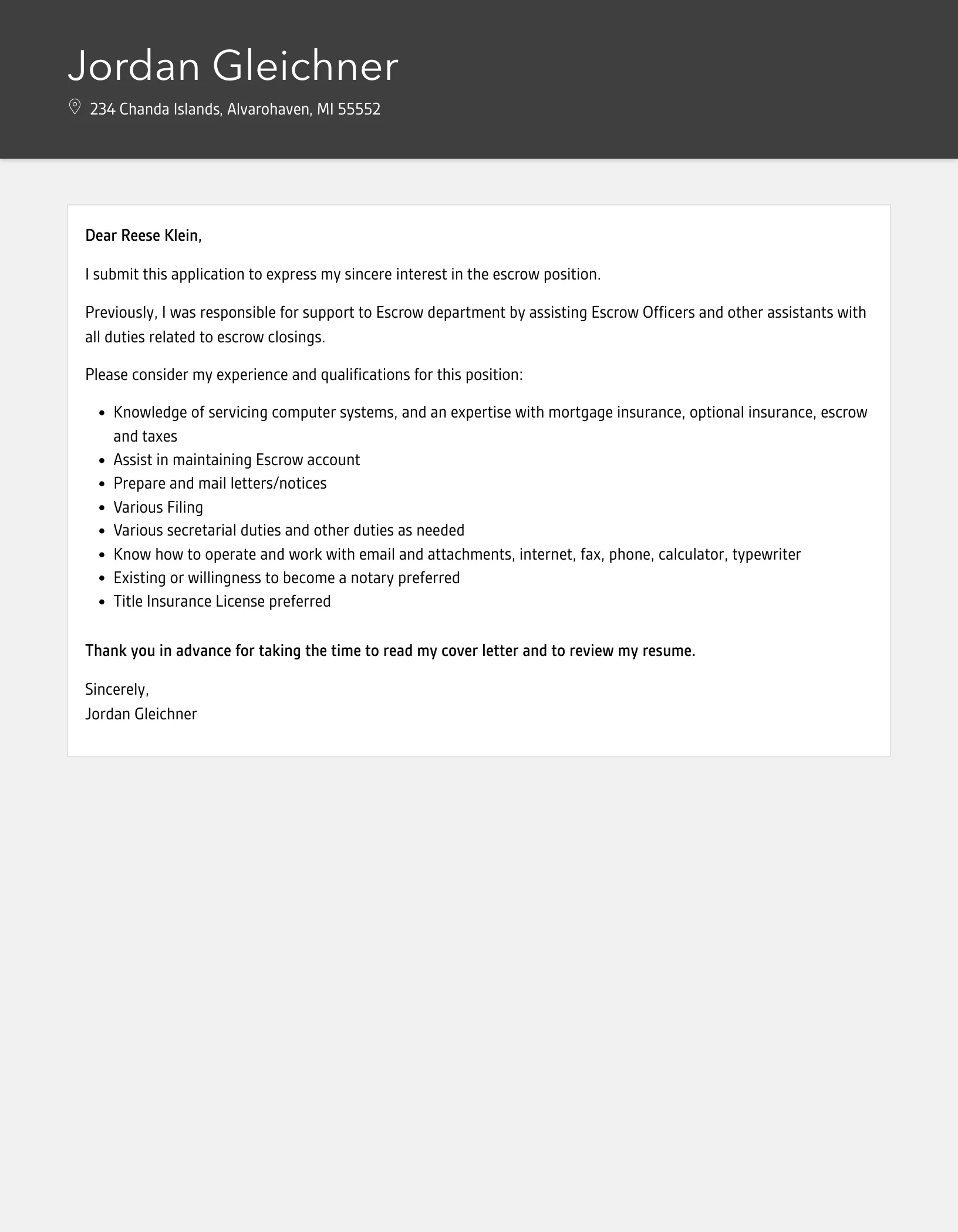Understanding the Escrow Assistant Role
Before you begin writing your escrow assistant cover letter, it’s crucial to understand the responsibilities associated with the role. An escrow assistant plays a vital part in the real estate transaction process, ensuring that all the necessary documents, funds, and instructions are correctly managed. They act as a liaison between various parties involved in a transaction, including buyers, sellers, lenders, and real estate agents. This role requires a detail-oriented and organized individual with strong communication and customer service skills. A solid understanding of the escrow process and related legal requirements is also essential for success. Your cover letter needs to reflect this understanding to impress potential employers and demonstrate your suitability for the position.
Key Responsibilities of an Escrow Assistant
Escrow assistants handle a wide range of tasks, including opening escrow files, preparing and reviewing escrow documents, communicating with clients and other stakeholders, and managing the flow of funds. They are responsible for ensuring that all conditions of the escrow agreement are met before the closing of a transaction. This includes coordinating with lenders to obtain loan documents, verifying the accuracy of property information, and preparing closing statements. Furthermore, escrow assistants must maintain detailed records, adhere to strict deadlines, and comply with all relevant regulations. They frequently answer phones, file documents, and perform various other administrative duties to support the escrow officer.
Required Skills and Qualifications
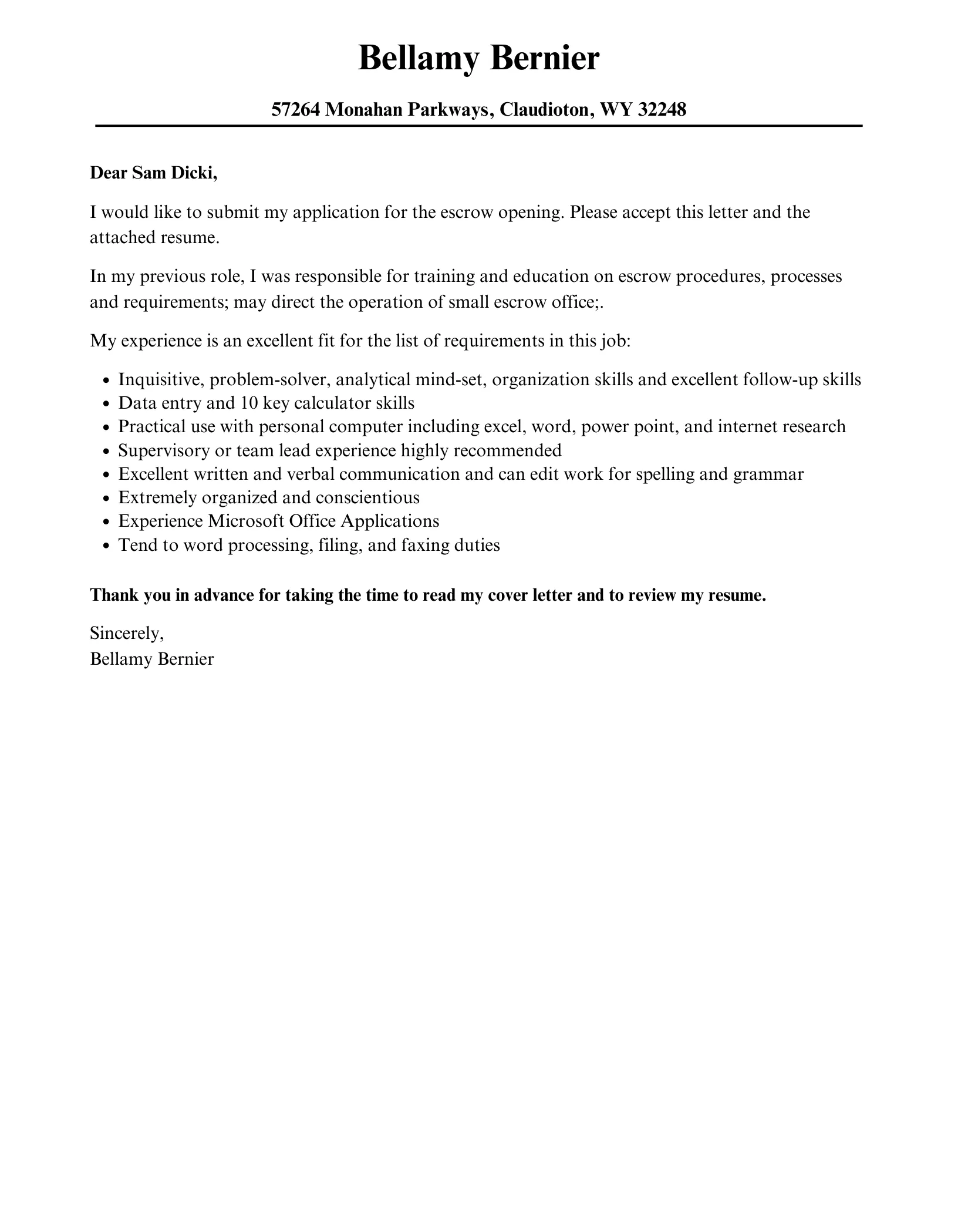
To excel as an escrow assistant, certain skills and qualifications are essential. Employers typically look for candidates with strong organizational skills, attention to detail, and the ability to manage multiple tasks simultaneously. Excellent communication and interpersonal skills are also vital, as you will be interacting with various parties daily. Proficiency in computer applications, such as Microsoft Office, is a must, and knowledge of escrow software is a plus. Experience in the real estate industry or a related field can be advantageous. Common qualifications include a high school diploma or equivalent, though some positions may require an associate’s or bachelor’s degree. Being able to maintain a high level of professionalism under pressure is also critical.
Crafting Your Cover Letter
Your cover letter is your first opportunity to make a strong impression on a potential employer. It provides a chance to showcase your relevant skills, experience, and enthusiasm for the position. A well-written cover letter complements your resume and helps you stand out from other applicants. It should be tailored to the specific job and company, highlighting the aspects of your background that align with the employer’s needs. A cover letter allows you to express your personality and communicate your passion for the escrow assistant role. It should also be professional, well-formatted, and free of errors.
Formatting Your Cover Letter
Proper formatting is essential for creating a cover letter that is easy to read and visually appealing. Use a professional font, such as Times New Roman or Arial, with a font size between 10 and 12 points. Maintain consistent margins (typically one inch on all sides) and use single-spacing within paragraphs and double-spacing between paragraphs. Keep the letter concise, aiming for one page in length. Break up large blocks of text with bullet points or short paragraphs to enhance readability. Ensure that the formatting is clean and uncluttered to make a positive impression on the reader.
Header and Contact Information
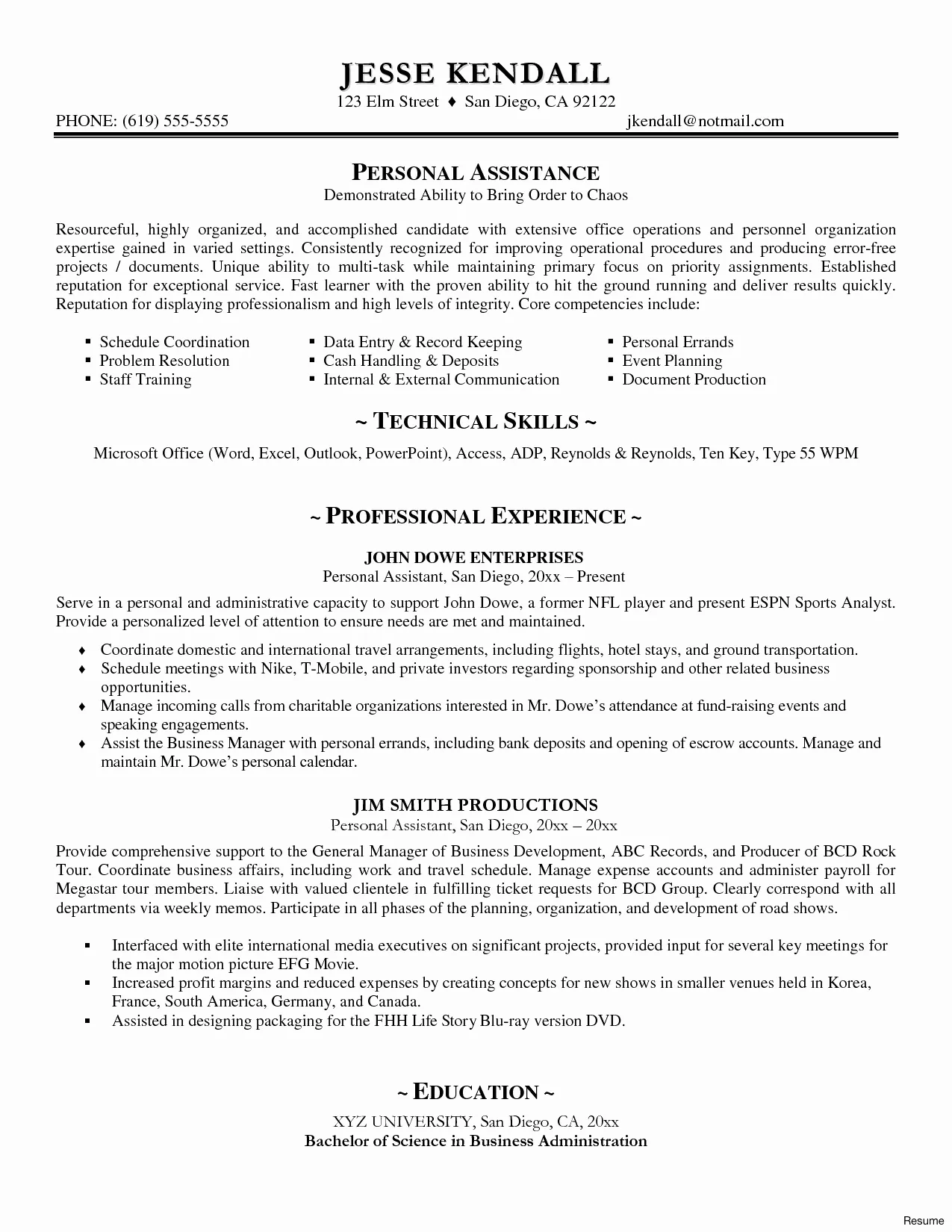
Begin your cover letter with a header that includes your name, address, phone number, and email address. This information should be at the top left or right corner of the page. Following the header, include the date and the employer’s contact information, including the hiring manager’s name and title if available. This demonstrates that you have carefully researched the company and are addressing the letter to the appropriate person. Ensuring accurate contact information is crucial for the employer to reach you if they are interested in moving forward with your application.
The Salutation
Use a professional salutation, such as “Dear Mr./Ms./Mx. [Last Name],” if you know the hiring manager’s name. If you are unsure of the name, “Dear Hiring Manager” or “Dear [Company Name] Hiring Team” are acceptable alternatives. Avoid generic greetings like “To Whom It May Concern.” The salutation sets the tone for your letter, and using the correct name, when possible, shows that you have done your homework and that you are attentive to details, both qualities valued in an escrow assistant.
Writing the Body of Your Cover Letter
The body of your cover letter should include an introduction, body paragraphs, and a conclusion. Start with a strong opening that grabs the reader’s attention and states the position you are applying for. In the body paragraphs, highlight your relevant skills, experience, and accomplishments. Explain why you are a good fit for the role and the company. Use specific examples to demonstrate your abilities, and make sure to tailor the content to the specific job description. Conclude by expressing your enthusiasm for the position and reiterating your interest in the company.
Highlighting Your Skills and Experience
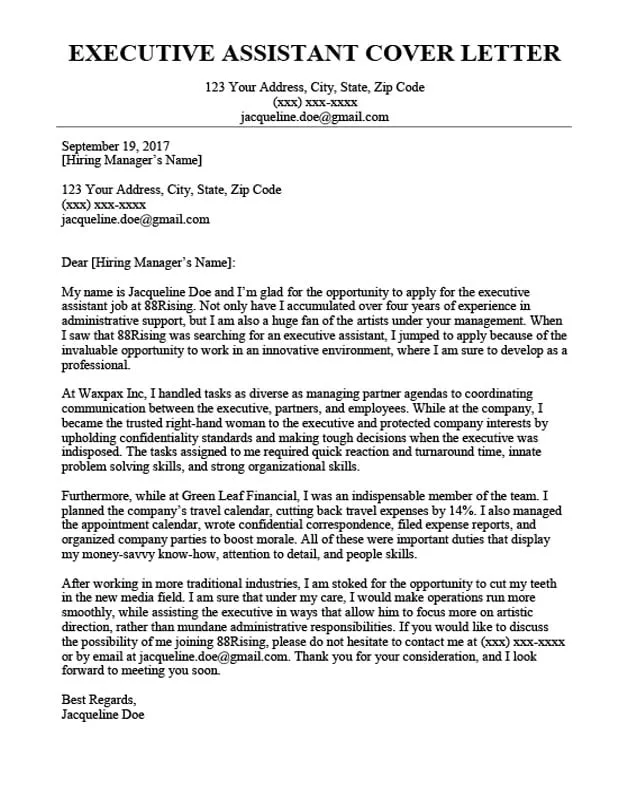
In the body of your cover letter, emphasize the skills and experience that are most relevant to the escrow assistant position. Focus on the specific requirements listed in the job description. Examples include organizational skills, attention to detail, communication abilities, and computer proficiency. Provide specific examples of how you have used these skills in previous roles or in your academic career. Use action verbs to describe your accomplishments, such as “managed,” “coordinated,” “prepared,” and “communicated.” This approach helps the reader understand how your skills align with the job requirements.
Quantifying Your Achievements
Whenever possible, quantify your achievements to demonstrate your impact. Instead of saying “Improved efficiency,” provide specific details, such as “Improved transaction processing efficiency by 15%.” Include numbers and statistics to back up your claims. For example, “Successfully managed over 50 escrow files simultaneously” or “Reduced processing time by 10% through the implementation of a new filing system.” This helps employers understand the value you brought to previous roles, and it makes your achievements more concrete and convincing.
Tailoring Your Letter to the Job
Customize your cover letter for each job application. Do not send a generic cover letter to multiple employers. Carefully review the job description and identify the key skills and qualifications the employer is seeking. Adjust your letter to highlight your relevant experience and skills, ensuring they match what the employer is looking for. Use the same keywords and phrases that appear in the job description. Showing that you understand the company’s needs and are a perfect fit for the role increases the likelihood of your application standing out.
Researching the Company
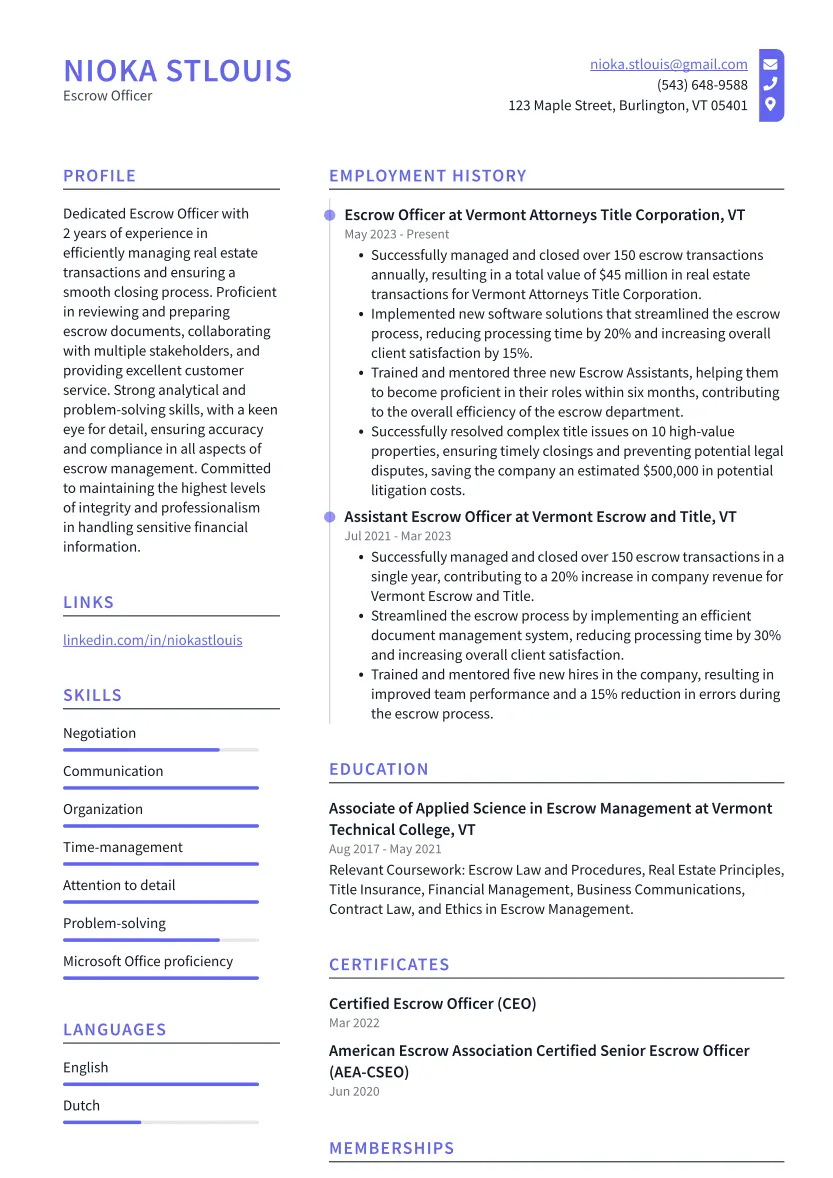
Before writing your cover letter, research the company. Understand their mission, values, and any recent news or achievements. Demonstrate your knowledge of the company in your cover letter. This can be achieved by mentioning the company’s products, services, or culture. Referencing specific projects or initiatives of the company shows that you have taken the time to learn about them and are genuinely interested in working there. Expressing interest in how the company operates adds a level of personal connection to your application.
Matching Skills to Job Requirements
Carefully match your skills and experience to the requirements listed in the job description. Highlight the skills and experience that directly align with what the employer is seeking. Use the job description as a guide and identify the key skills and qualifications. Provide specific examples of how you have demonstrated these skills in previous roles. For instance, if the job description emphasizes attention to detail, provide examples of how you have successfully ensured accuracy in your previous work.
The Closing and Call to Action
Close your cover letter with a clear call to action. Express your enthusiasm for the position and reiterate your interest in the company. Thank the hiring manager for their time and consideration. Include a statement that you are available for an interview and provide your contact information again. Make it easy for the employer to take the next step in the hiring process. End with a professional closing, such as “Sincerely” or “Best regards,” followed by your typed name.
Proofreading and Editing
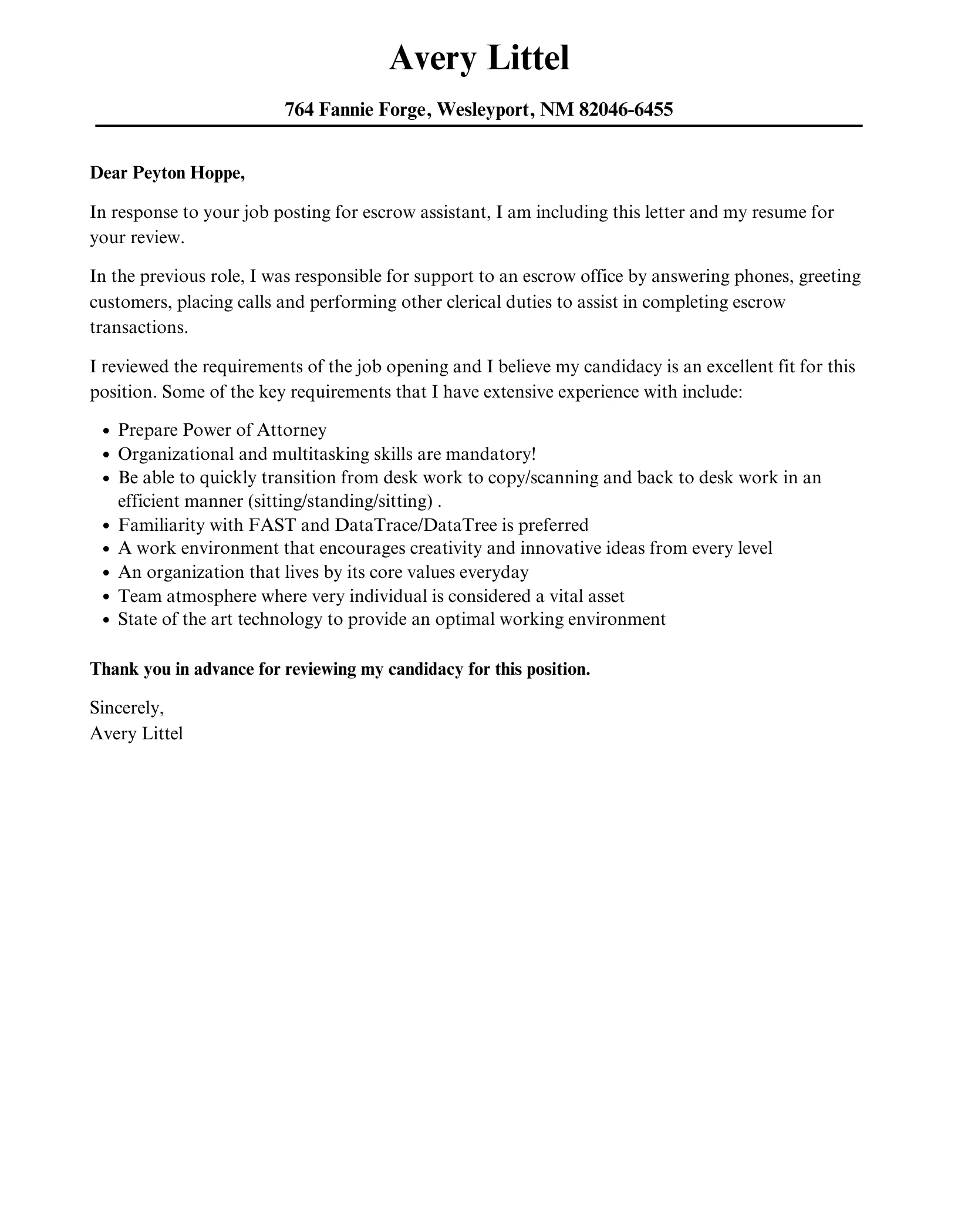
Proofreading and editing your cover letter is an essential step in the application process. A polished cover letter free of errors demonstrates your attention to detail and professionalism. Carefully review your letter for any grammar, spelling, or punctuation mistakes. Even minor errors can create a negative impression and undermine your credibility. Take your time and read the letter multiple times. Consider asking someone else to review your cover letter for feedback and to catch any mistakes you might have missed. This also helps to improve clarity and ensures your message is well-presented.
Common Mistakes to Avoid
Be aware of the common mistakes that can weaken your cover letter. Avoid generic opening lines or clichés. Refrain from using overly casual language. Don’t include information that is irrelevant to the job. Avoid providing a list of responsibilities without showcasing your accomplishments. Do not focus on what you want; instead, focus on what you can offer the employer. Sending a cover letter with typos or grammatical errors is a serious mistake. By avoiding these common pitfalls, you can significantly enhance the impact of your cover letter.
Checking for Grammar and Spelling Errors
Thoroughly check your cover letter for grammar and spelling errors. Use a spell checker and grammar checker, but do not rely on them entirely. Proofread the letter carefully yourself, as these tools might miss errors or provide incorrect suggestions. Look for common errors, such as misspelled words, incorrect punctuation, and subject-verb agreement problems. Make sure to check for proper use of capitalization and consistent formatting. Reading the letter aloud can help you catch errors you might miss when reading silently.
Seeking Feedback
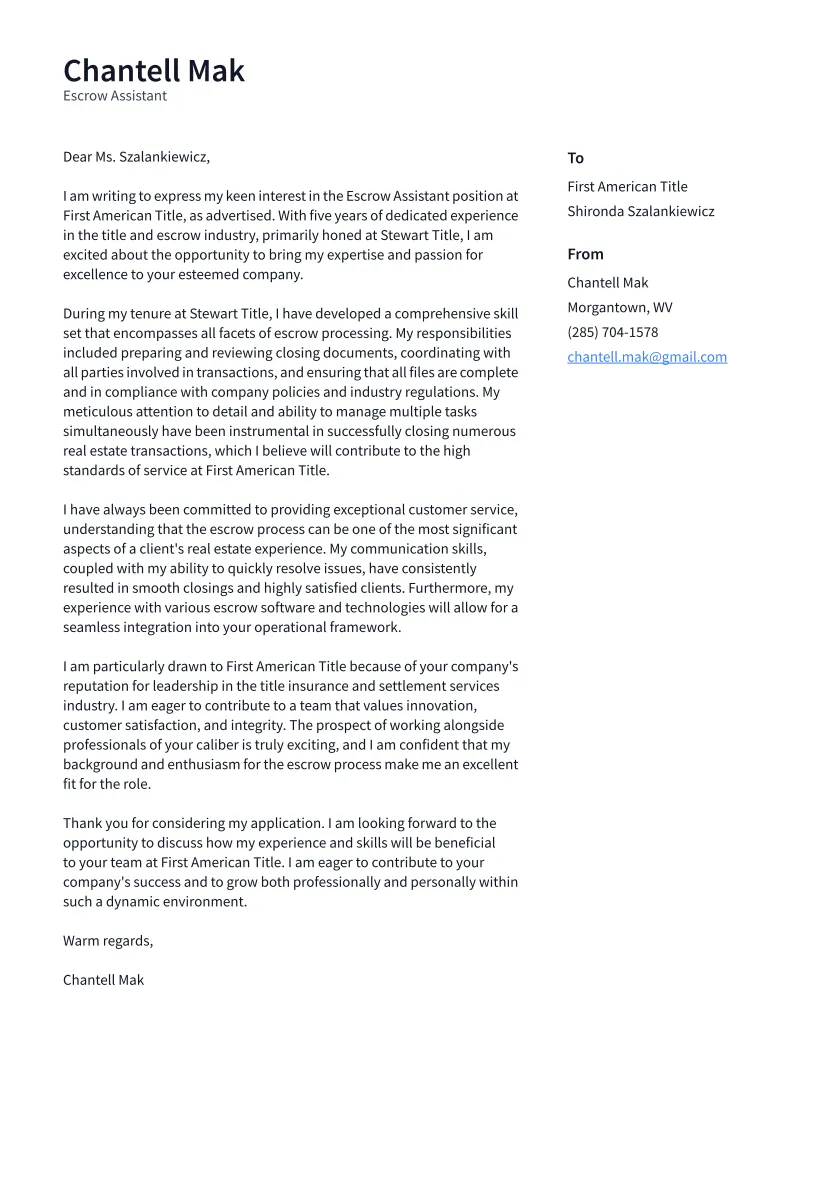
Seek feedback from a trusted source. Ask a friend, family member, career counselor, or a professional editor to review your cover letter. A second pair of eyes can catch mistakes or offer suggestions for improvement. Request feedback on your writing style, clarity, and overall effectiveness of your cover letter. Be open to constructive criticism and willing to make revisions based on the feedback you receive. The input of others can significantly improve the quality of your cover letter and increase your chances of getting hired.
